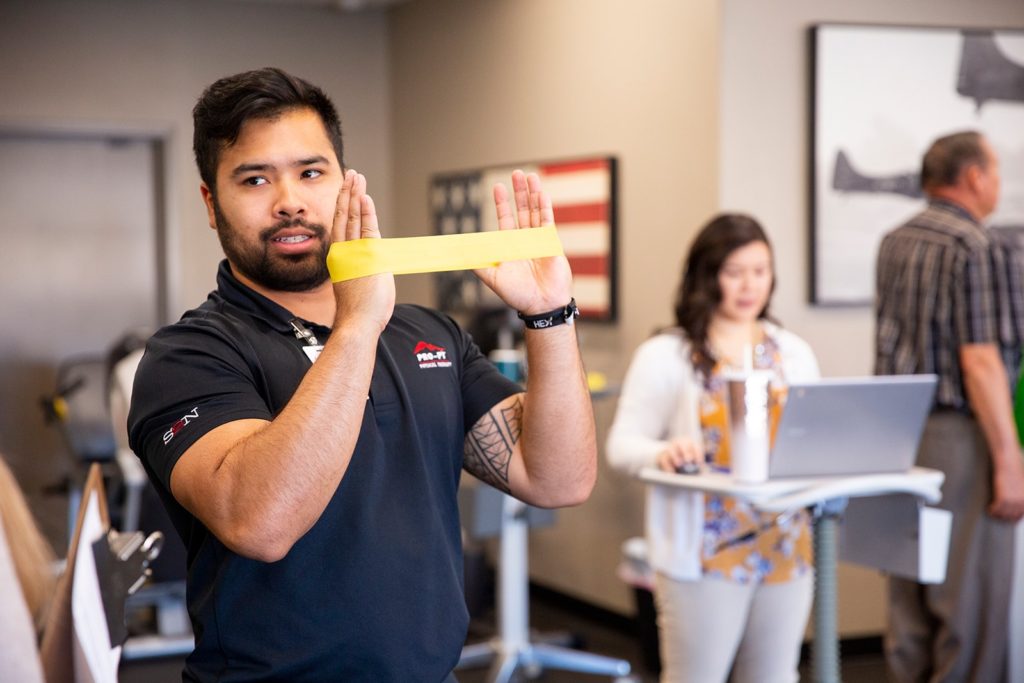Understanding The Way Acute Traumas Transform Sporting Performance Mechanics
Wiki Article
Sudden traumas are unexpected harm that can happen during sports or physical activities. These traumas can greatly impact an athlete's ability and overall health. Frequent examples of sudden injuries include sprains, breaks, and pulls. They occur rapidly and often result from incidents, such as tumbles, collisions, or improper movements. Understanding how these traumas influence athletic capabilities dynamics is important for athletes, trainers, and medical professionals who work with them.
When an athlete experiences an acute injury, the prompt effects can be quite severe. Pain and inflammation are common indicators that can restrict mobility and capability. For example, a basketball athlete who injures an joint may find it painful to move or jog. This limitation can lead to a reduction in ability, as athletes may find it hard to perform at their usual level. Additionally, the psychological effects of an injury can also play a role. Athletes might feel anxious or fearful about returning to their activity, which can additionally impact their ability.
Rehabilitation from an acute injury involves several phases, including recovery, therapy, and incremental re-entry to activity. The initial focus is often on controlling pain and inflammation. Health providers may advise cold therapy, compression, and elevation to help with recovery. Once the acute phase has passed, therapeutic exercises become important. These activities help regain power, elasticity, and extent of motion. Players need to adhere to a systematic recovery plan to make certain they come back to their sport safely and efficiently.
The lasting effects of sudden traumas can differ. Some athletes may recover fully and return to their previous performance levels, while others may face ongoing challenges. Chronic pain or weakness can develop if an injury is not adequately managed. This circumstance can lead to a pattern of recurring injuries or alternative traumas in different parts of the physique. It is essential for players to be calm during the healing process and to work closely with medical professionals view website to tackle any remaining concerns.
In summary, acute injuries can dramatically change how players compete in their activities. The prompt physical and psychological effects can hinder performance and confidence. Recovery involves careful management and rehabilitation to ensure that athletes can safely return to their activities. Comprehending the dynamics of acute injuries can help everyone involved in sports—from players to coaches to medical staff—support those affected and promote a secure re-entry to sporting ability.
